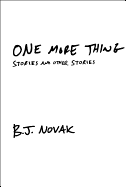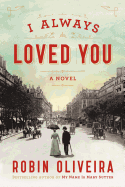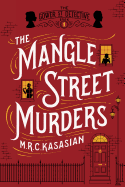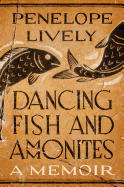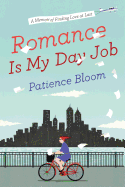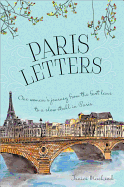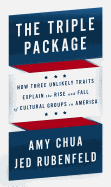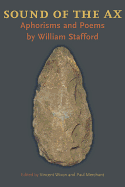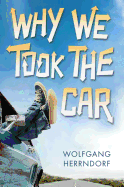_Fred_Milkie_Jr.jpeg) |
| photo: Fred Milkie Jr. |
Robin Oliveira holds a BA in Russian and studied at the Pushkin Language Institute in Moscow. She received an MFA in Writing from the Vermont College of Fine Arts and is also a registered nurse, specializing in critical care. She lives in Seattle, Wash. Her new novel is I Always Loved You, a story about the relationship between Mary Cassatt and Edgar Degas (see our review below).
Your first novel, My Name is Mary Sutter, took place in Washington, D.C., during the U.S. Civil War. I Always Loved You finds us in Belle Époque Paris. What is it that draws you to specific moments in history?
Specific moments in history do not inspire me; story and characters do. My Name Is Mary Sutter is set in the Civil War because I had a vision of a young woman in period dress, looking through a brass microscope, surrounded by books. Who she was and what she wanted drove me to discover that 17 women became physicians out of their experience in the Civil War. Similarly, Mary Cassatt's action of burning all the letters between herself and Edgar Degas drove me into the Belle Époque. Why she might have done such a thing captivated me, not the period itself. That said, I prefer writing historical fiction to contemporary fiction partly because I love the challenge of evoking an era. We all know what now looks like. What interests me is what the past looked like. What were its conventions? How did it smell, feel? How did one get around, live daily life, eat, work, die? And unlike some novelists who specialize in a specific period, I gravitate toward variety. It would be easier if I didn't. Each new time period requires familiarization with a whole new era, but I am a perennial student and find the challenge a lot of fun.
Tell us about the research you had to do for this novel.
Apart from one trip to Paris, I knew nothing about the city, the Belle Époque or art history when I began writing. To educate myself, I read about 70 or 80 books, including diaries, biographies, art history, technique, and exhibition catalogues. During the writing, I traveled to museums in the United States and France, to see artwork and to solidify my understanding of the Impressionists' individual style. I persuaded curators to let me view artwork locked away in vast storage rooms and basements. I begged the Musée d'Orsay to show me artifacts from Degas's studio, kept in their cavernous cellar. (You can go to my website to read the hilarious story of how I finally got in.) In Paris, I walked in the artists' footsteps to garner ambiance, locate their studios and see where they lived. By e-mail and phone I conferred with Degas and Cassatt curators. At the Library of Congress, I read French newspapers to gain a sense of the times. I searched museum libraries for rare books, exhibition catalogues of both the Paris Salon and the Impressionists, and catalogues raissonnés, books that list the full complement of an artist's work. Research is one of the reasons I like writing historical fiction; again, I am a perennial student.
The heroine of your first novel, Mary Sutter, was a fictional creation inspired by historical events, but Mary Cassatt is an actual historical figure. How did this change your approach in bringing these two different women to life? Was one easier to write than the other?
In writing Cassatt's life, I had much less latitude than I had with Mary Sutter, who I could move freely through history, based on what she wanted and the needs of the story. With Cassatt I worked within the bounds of what was known about her life, which restricted my options for creating story. I took great care with the details of her life, as well as those of Degas, Manet and Morisot. The other challenge was that all historical figures have established reputations; myth and truth combine to present a finished person; we remember people based on who they became rather than by how they became the people we remember. Mary Cassatt is generally perceived as a focused, independent woman who achieved worldwide fame as an artist based on steely discipline, relentless ambition and unfailing curiosity. What is invisible in this summation is the doubt, fear, pain, failure and missteps all artists experience on the way to becoming who they are. In writing her story, I had to violate some of her established reputation in order to show her development. While all novels have constraints of story and character, I constantly had to talk myself into allowing myself artistic license. As my editor reminded me, I was not writing biography, I was writing fiction. The balancing act between the two posed immense challenges not present in My Name Is Mary Sutter.
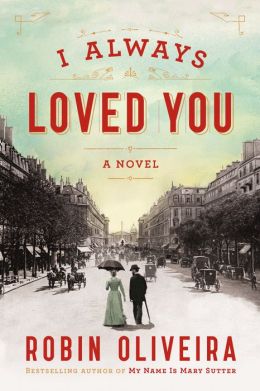 Were you familiar with Impressionist art before you began writing this novel? Do you have a favorite artist or work?
Were you familiar with Impressionist art before you began writing this novel? Do you have a favorite artist or work?
I was familiar with Impressionist art and loved it, of course, but I didn't know anything in depth, and certainly could not have distinguished a Manet from a Monet, or a Cassatt from a Morisot. Growing up, however, I loved Degas, for two reasons. One was that my mother had a Degas print hanging over her bed, and the other was that I loved ballet as an art form. These two gave me a natural affinity for his work. Now, after writing this book, my knowledge is much broader, but I would still have to say that Degas remains preeminent. Though not an Impressionist piece per se, his Little Dancer of Fourteen Years remains a fascination for me.
Your characters often struggle in the act of creation, in accurately and completely translating the artistic vision they've imagined to the canvas. As a different kind of artist, would you say that their experiences were influenced by your own?
The act of creation, whether it's words on paper, or oil on canvas, or any other medium, seems to me to be the same struggle. And it was quite freeing for me to talk about the creative process in a medium in which I am not facile. It liberated me to expose the doubt and fear all writers feel but are sometimes loath to express.
Late in the book, your heroine reaches the conclusion that pain and doubt are an inherent part of the creative process, saying "to be in pain was to be in the work." But something similar could be said of many of the romantic and familial relationships in the novel. Would it be fair to say that love and art are metaphorically linked?
The personal lives of the Impressionists were wrought with pain. One of my working titles for this book (there were several) was Love and Art. Rejection, adoration, desire, revelation, exposure are all elements of creation, as they are of love. One is most vulnerable in life when one is in love, or when one is in the act of creation, which is an act of love.
Historians disagree on the nature of the relationship between Cassatt and Degas. Having immersed yourself in their story, what do you think the truth is?
Because Cassatt burned their letters, no one can definitively say what happened between them. If you read their biographers carefully, you will see their statements regarding this mystery couched in terms like: it is possible that, it is most certainly the case that, it's thought that. The reality is that no historian knows for certain what happened. And in the end, every historian has a point of view. Mine is that they were a man and a woman who shared an obsession with art, worked closely together as collaborators, relied on one another professionally, and developed a close friendship. These elements are the breeding ground for love and passion. Later in their lives, they became estranged, which sometimes speaks of a passionate relationship betrayed. In the absence of documentary proof, which would be impossible to ascertain without a film crew recording their every move, I've chosen to imagine that they fell in love.
The title of the book seems to contradict the final conversation between Degas and Cassatt. How did you choose it?
My initial working title for the book was I Never Loved You, as a way to help me evoke the kind of ambivalence I imagined Degas entertained not only about Cassatt, but about all women. (He is sometimes deemed a misogynist because his portraits of women often depict them in unflattering positions. However, I reject this analysis. I believe he was instead a realist, responding to the classical ideations of women in the mainstream Paris Salon.) He was a complicated man. If you read the book carefully, you will see that though he has tremendous affinity for Manet, he never betrays his affection while Manet is alive. Kathryn Court, my editor, inverted the word never to always. She suggested this simple (and brilliant) change, because in the entangled group of Impressionists, the sentiment "I never loved you" could just as easily have meant "I always loved you." --Judie Evans, librarian
Robin Oliveira: The Confluence of Life and Art




_Fred_Milkie_Jr.jpeg)
 Were you familiar with Impressionist art before you began writing this novel? Do you have a favorite artist or work?
Were you familiar with Impressionist art before you began writing this novel? Do you have a favorite artist or work?
